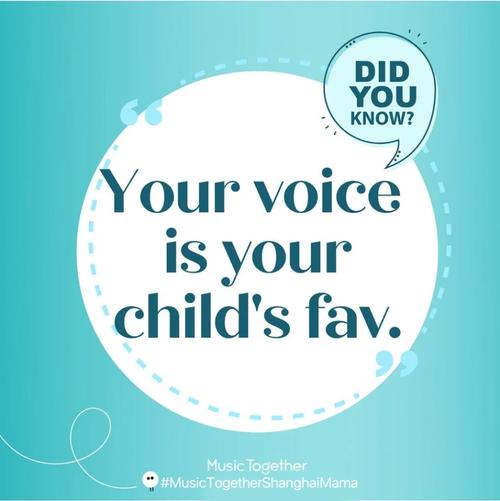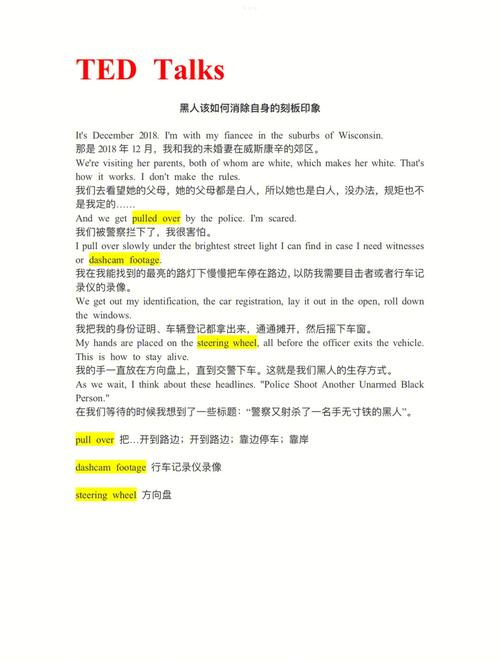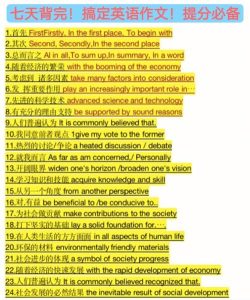Understanding Voice and Tone: A Detailed Guide for Effective Communication
Communication is an art, and one of the most crucial elements in this art is the voice and tone you use. Whether you’re writing an email, a report, or a social media post, the way you express yourself can greatly impact how your message is received. In this article, we’ll delve into the intricacies of voice and tone, providing you with a comprehensive guide to enhance your communication skills.
What is Voice?

Your voice is the unique way you express yourself. It’s the personality that shines through in your writing, giving your message a distinct character. Think of your voice as your fingerprint; it’s unique to you and helps your audience connect with you on a personal level.
Here are some key aspects of voice:
| Aspect | Description |
|---|---|
| Conversational | Uses a friendly, informal tone, often resembling a conversation. |
| Professional | Formal and respectful, suitable for business communications. |
| Authoritative | Confident and assertive, often used in persuasive writing. |
| Humorous | Light-hearted and playful, used to engage and entertain. |
What is Tone?

Tone, on the other hand, is the emotional feel of your writing. It’s the mood you set for your audience, influencing how they interpret your message. Tone can be positive, negative, serious, or playful, and it’s essential to choose the right tone for your intended audience and purpose.
Here are some common tones:
| Tone | Description |
|---|---|
| Positive | Uplifting and encouraging, often used to inspire or motivate. |
| Negative | Disheartening or discouraging, often used to express criticism or disappointment. |
| Neutral | Objective and unbiased, suitable for factual or informative content. |
| Playful | Light-hearted and fun, used to engage and entertain. |
Choosing the Right Voice and Tone
Choosing the right voice and tone for your communication is crucial. Here are some tips to help you make the best choice:
1. Consider Your Audience: Tailor your voice and tone to the preferences and expectations of your audience. For example, a professional tone is more appropriate for a business email, while a conversational tone might be better for a social media post.
2. Understand Your Purpose: The purpose of your communication will influence your choice of voice and tone. For instance, a persuasive essay requires an authoritative tone, while a personal letter might be more effective with a conversational voice.
3. Be Consistent: Maintain a consistent voice and tone throughout your communication to create a cohesive and professional image. Inconsistency can confuse your audience and dilute the impact of your message.
4. Use Descriptive Language: Incorporate descriptive language to convey the desired tone. For example, using words like “exciting” or “thrilling” can create a positive tone, while words like “frustrating” or “disappointing” can convey a negative tone.
Examples of Voice and Tone in Different Contexts
Let’s look at some examples of voice and tone in different contexts:
Email to a Colleague:
Subject: Meeting Reminder
Hello [Colleague’s Name],
I hope this email finds you well. Just a quick reminder that our team meeting






